Article re-posted with permission from Parker Hannifin Sealing & Shielding Team.
Original content can be found on Parker’s Website and was written by Vivek Sarasam, heavy duty mobile Sr. application engineer, and Jeffrey Labonte, market manager.
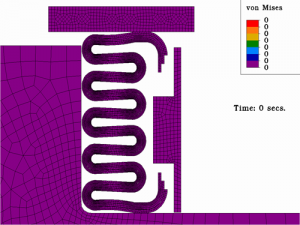
Why use a metal seal?
A metal seal is used when the application conditions are outside the specification limits of a polymer. For example, when:
Temperature is too hot or too cold & pressure is too high or there is a vacuum.
Metal Seals are primarily used in static applications for temperatures as high as 1000°C/1832°F and pressures as high as 6825 bar/99000 psi for select applications. At low cryogenic temperatures and low pressures, such as vacuum seal applications, metal seals are far better than polymers since they do not become brittle and lose elasticity. Metal seals also have a low leakage rate down to 1 x 10-12 cc/sec per mm circumference which in comparison to high load O-rings is almost 100x better.

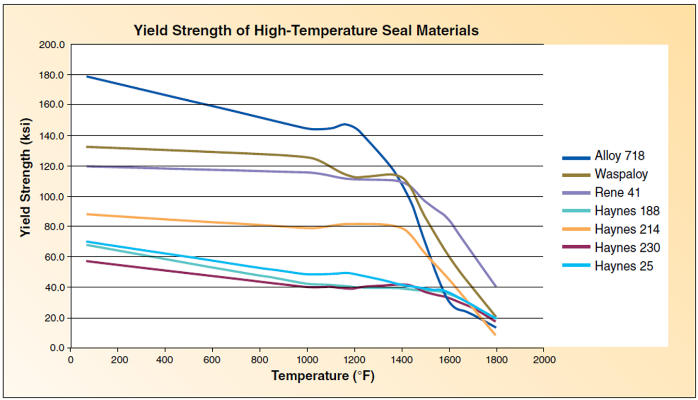
Medium is corrosive and seal longevity is needed.
Unlike elastomer seals, metal seals are very highly resilient to corrosive chemicals and even intense levels of radiation. With this resilience coupled with the right material selection/coating for an application, a metal seal can be a very durable seal performing dependably year after year.
Parker has a variety of in-house developed coatings which are used based on the application conditions and base material. The chart on page D-59 of the Metal Seal Design Guide (shown below) shows examples of some of the coatings based on the base material.
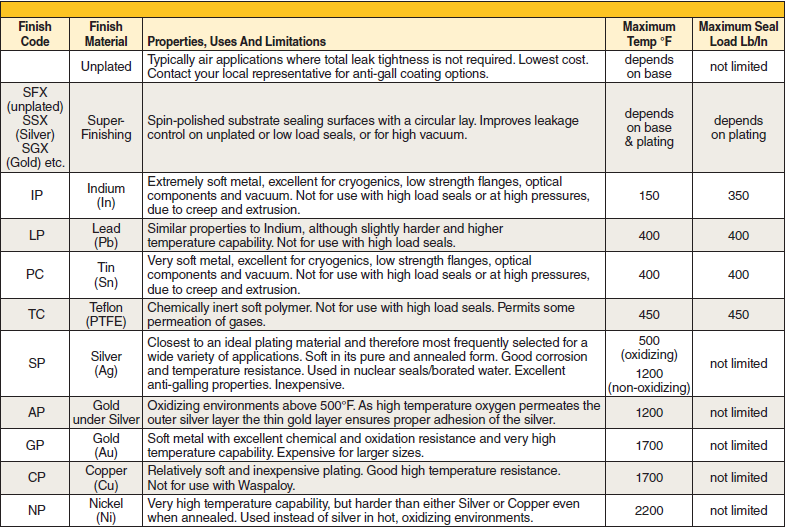
What X-sections can be made?
Metal seal x-sections can vary from a solid O to a Hollow O and from a C Ring to an E Ring depending on the application load and allowable leakage rate as shown in the figure below. Each x-section has benefits based on the application use and cost as indicated in the chart below.

Page A-10 of the Metal Seal Design Guide (shown below) shows some common applications in the industry and the type of metal seal used in those applications. These are examples of applications where the application conditions exceed beyond what an elastomer is capable of handling.
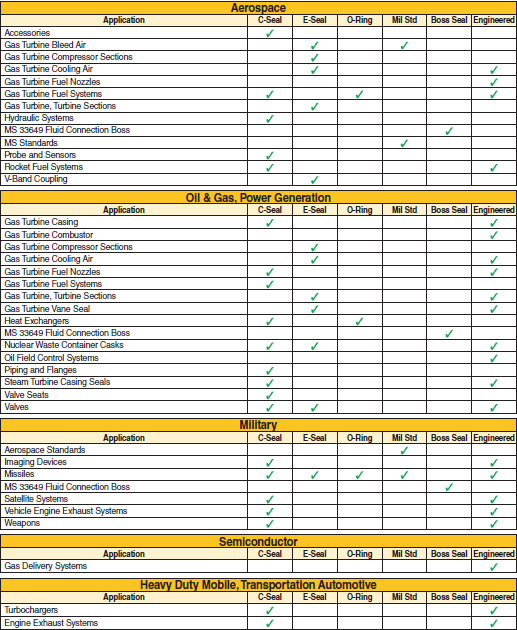
Importance of surface finish for metal seal applications
One of the most important and critical aspects of using a metal seal is surface finish of the mating hardware. The required surface finish co-relates to the seal free height as shown in the chart below. Since metals don’t compress or are not as elastic as some of the elastomers, it is very important to have a tighter surface finish. Most of the metal seal applications require surface finish of 32 u inch RA or better. Anything over 32 u in RA will not be bubble tight sealing (leakage rate of 1x10^4 cc/sec) which could be okay for certain applications.
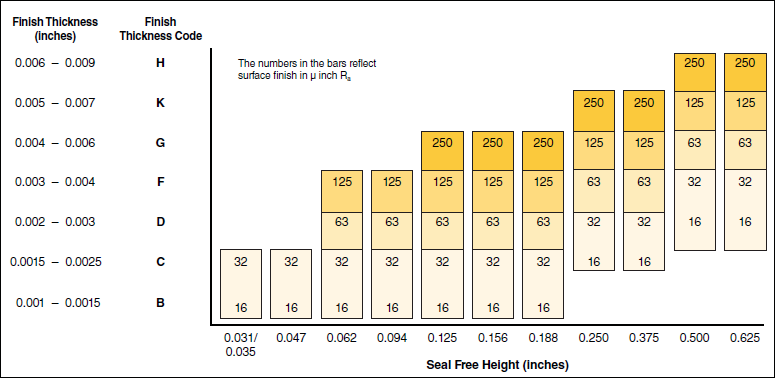
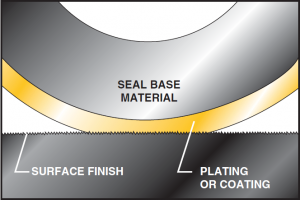
In certain applications, higher surface finish can be negated with the help of coating applied to the metal seal. The picture below shows how coating helps navigate through the peaks and valleys of the hardware surface hence creating sealing.
Benefits of metal seals:
- Independent optimization of functional components means each discrete function including load, spring back and outer sealing layer ductility/hardness can be optimized to ensure highest seal performance in every situation.
- Directly bonded electroplating onto the load bearing substrate eliminates unnecessary parts and failure modes.
- Pressure energization uses internal hydrostatic pressures beneficially to supplement the self-energization forces from the tubing, jacket or spring. This becomes particularly helpful at high pressures over 3,000 psi (21 MPa) enabling metal seals to seal at 25,000 psi (170 MPa) and beyond, without risk of blow-by during proof or burst testing.
- Total metal seal service covers custom and standard sized seals from 0.250" to 300" (6 mm to 7,60 m), including circular and non-circular shapes. We also offer the complete range of MS metal O-ring sizes, all AS1895 E-ring sizes, and the fastest delivery of C-rings from our preferred size list.
- Rapid response and JIT (just-in-time) deliveries are assured due to design, testing and all manufacturing processes (including roll and die-forming, machining, welding, heat-treatment, electroplating) being performed within our own facilities.
Gallagher Fluid Seals is an authorized distributor of Parker. To learn more about how Gallagher Fluid Seals can help you, contact our engineering department at 1-800-822-4063
